Field density Testing Sand Cylinder Set
৳ 12,500.00
Field density Testing Sand Cylinder Set is a common method for determining the in-situ density of soil. This test, also known as the sand replacement method
Field density Testing Sand Cylinder Set:
The Field density Testing Sand Cylinder Set is a common method for determining the in-situ density of soil. This test, also known as the sand replacement method, is a crucial quality control measure in civil engineering and construction projects like road embankments, foundations, and earthworks. The main objective is to ensure that the soil has been compacted to the required density for stability and load-bearing capacity.
The Equipment
Field density Testing Sand Cylinder Set of:
- Sand Pouring Cylinder: A metal cylinder with a conical funnel at the bottom and a shutter to control the flow of sand.
- Calibrating Container: A cylindrical container of a known volume, used to determine the bulk density of the sand.
- Metal Tray: A square tray with a circular hole in the center that matches the diameter of the cylinder’s cone.
- Standard Sand: Clean, uniform, and oven-dried sand of a known density.
- Digging Tools: A trowel and chisel for excavating the soil.
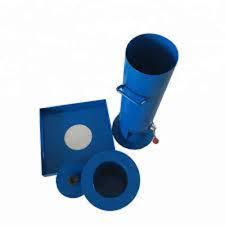
How the Equipment Works
The test is performed in two main phases: calibration and field measurement.
- Calibration of the Sand
This initial step is typically done in a lab to find the bulk density of the sand to be used in the field.
- The sand pouring cylinder is filled with a known weight of dry, uniform sand.
- The cylinder is placed over a calibrating container, and the shutter is opened, allowing the sand to flow in until it’s full.
The volume of the calibrating container is known, and the weight of the sand that filled it is determined. This allows for the calculation of the sand’s bulk density
- The weight of the sand required to fill the conical portion of the cylinder is also determined and recorded.
- Field Measurement
Once the sand’s density is known, the field test is performed.Field density Testing Sand Cylinder Set.
- A flat metal tray is placed on a leveled section of the compacted soil.
- A small, circular hole is carefully excavated in the soil through the tray’s central hole. All the excavated soil is collected and weighed (
Wwet_soil
)
Measurement Data:
Field density Testing Sand Cylinder Set
| Cylinder, mm | Dia |
| Calibration Container, 100 mm x 150mm x 200 rim | Tray with 100 mm central hole, 300 mm square, 40mm height |
| Dia.150mm, Dia:150 mm | Sand Replacement Pouring Cylinder, 150 mm |
| Sand Replacement Pouring Cylinder, 300 mm square | Field Density Apparatus, Dia:200 |
| Sand Replacement Pouring Cylinder, 200 mm x 250mm x 350 rim | Tray with 200 mm central hole, 500 mm square, 50mm height |
BS Standard Sand Cylinder to test Density Field Density test Field Density TEST FDT Apparatus Sand Replacement Method.The sand replacement complete set is used to determine the dry density of insitu soils. Apparatus is included which satisfies BS, ASTM and AASHTO specifications.
. A small sample is also taken to determine its moisture content.
- The Field density Testing Sand Cylinder Set, filled with the calibrated sand, is plac
- The shutter is opened, and the sand is allowed to flow into the hole until it’s full.
- The shutter is closed, and the cylinder is weighed again. The difference in weight (after accounting for the sand in the cylinder’s cone) gives the weight of sand that filled the hole (
Wsand
).
- The volume of the excavated hole (
Vhole
)
- is then calculated using the formula:
The final step is to calculate the dry density of the soil and compare it to the maximum dry density (MDD) to find the degree of compaction, which confirms if the compaction requirements have been met.
Be the first to review “Field density Testing Sand Cylinder Set”
You must be logged in to post a review.

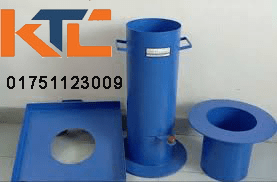
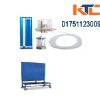

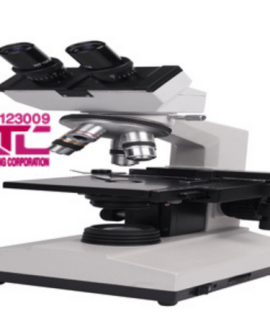

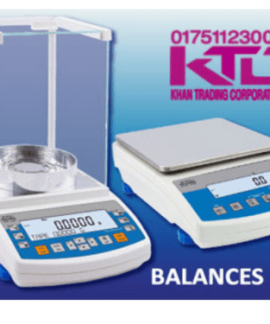
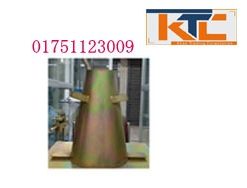


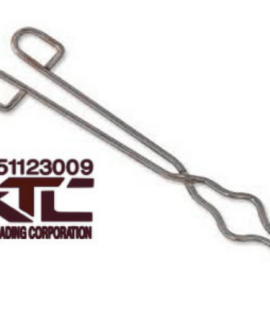

Reviews
There are no reviews yet.